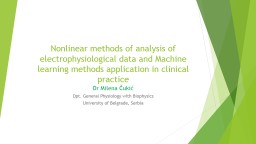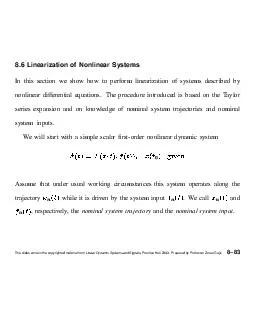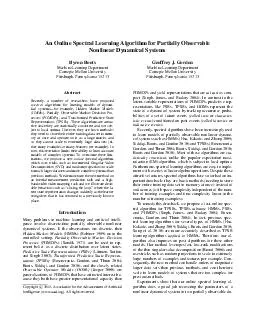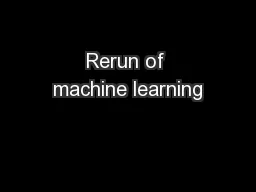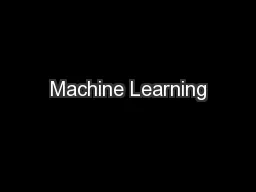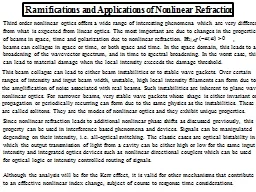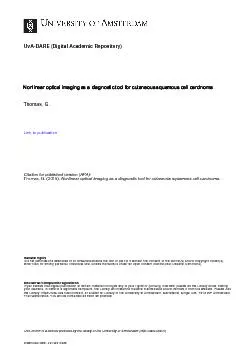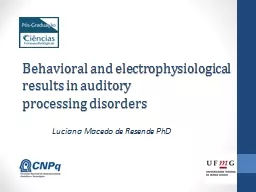PPT-Nonlinear methods of analysis of electrophysiological data and Machine learning methods
Author : freya | Published Date : 2024-03-13
Dr Milena Čukić Dpt General Physiology with Biophysics University of Belgrade Serbia Complex dynamics of living systems Living organisms are complex both in
Presentation Embed Code
Download Presentation
Download Presentation The PPT/PDF document "Nonlinear methods of analysis of electro..." is the property of its rightful owner. Permission is granted to download and print the materials on this website for personal, non-commercial use only, and to display it on your personal computer provided you do not modify the materials and that you retain all copyright notices contained in the materials. By downloading content from our website, you accept the terms of this agreement.
Nonlinear methods of analysis of electrophysiological data and Machine learning methods: Transcript
Download Rules Of Document
"Nonlinear methods of analysis of electrophysiological data and Machine learning methods"The content belongs to its owner. You may download and print it for personal use, without modification, and keep all copyright notices. By downloading, you agree to these terms.
Related Documents

